Outstanding concept car designs upcoming this summer
As motorsport and car events get back into gear, here's eight we rate of the forthcoming machines for summer 2021
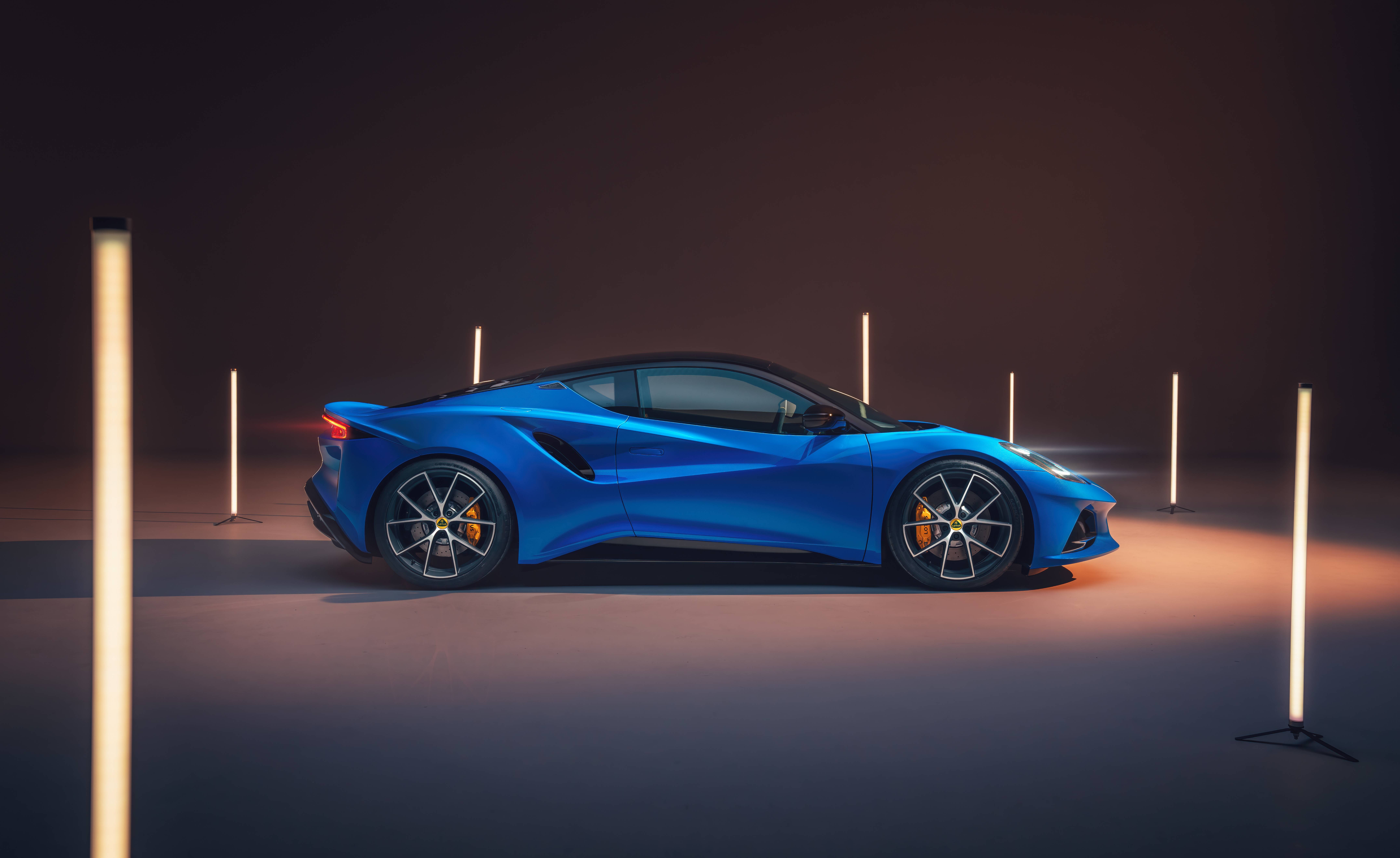
With events and motorsport slowly returning to a semblance of normality, there’s been more opportunity for new cars to be seen out and about in search of buyers. The industry took a massive hit in 2020, but the hope is that the new wave of electric cars will find favour amongst drivers who are reassessing exactly how much distance they cover on a daily basis.
As the volume manufacturers set out long-range plans for total transformation increases, with futuristic concepts and pioneering new production cars, niche manufacturers are slowly bringing the curtain down on the internal combustion engine.
Lotus Emira
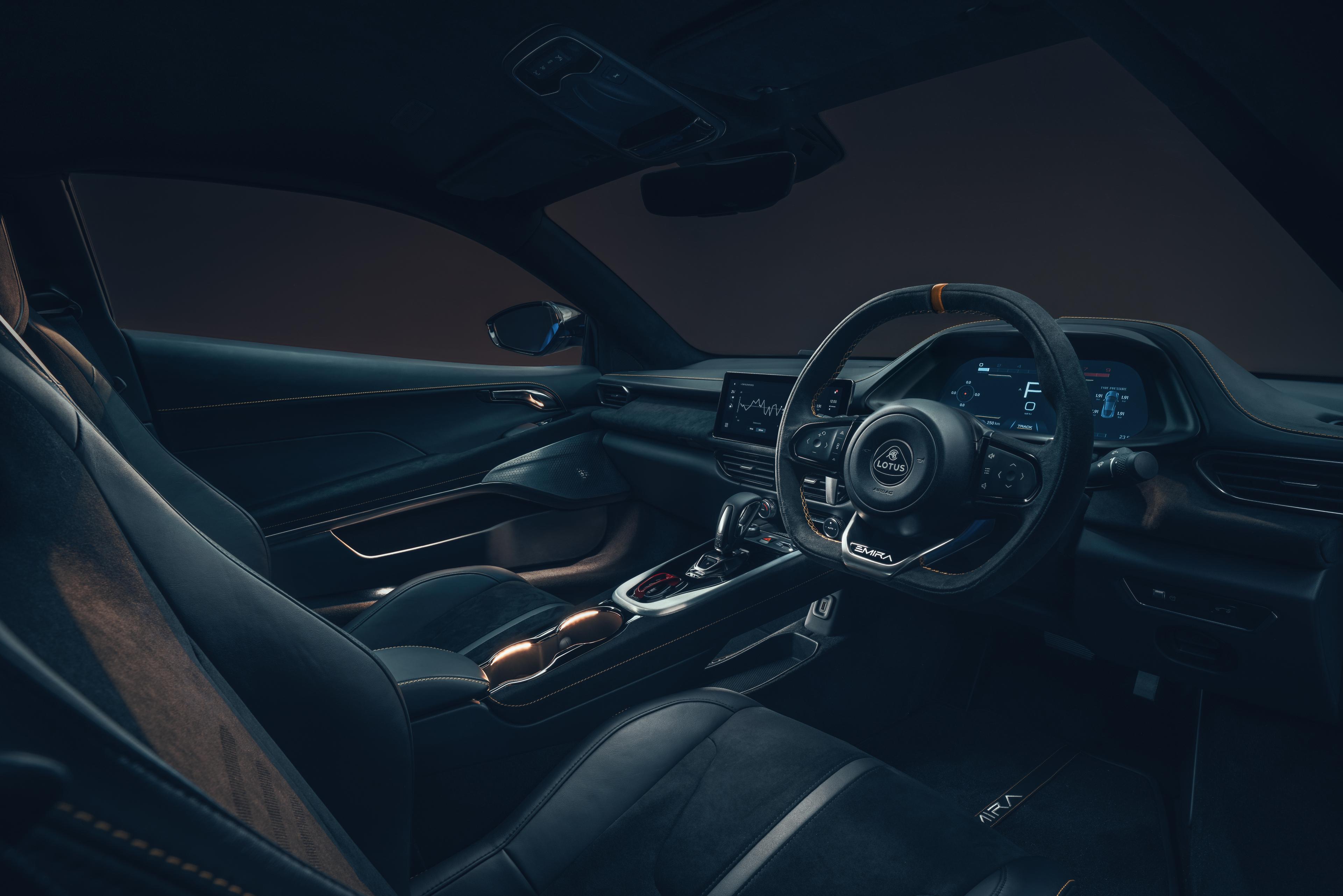
Lotus Emira, price tbc
Lotus has invested around £100m in re-vamping itself for the modern era and transforming the long-lived company into a credible player in a very demanding market. At one end, there’s the forthcoming Evija electric hypercar, over £2m worth of cutting edge engineering. At the other extreme is this, the all-new Emira. The company’s final fling with a conventional power train, the Emira is relatively light, undeniably elegant and promises to be an idiosyncratic but not too eccentric competitor for the likes of the Porsche Cayman. The company promises a starting price of under £60,000 when deliveries begin in 2022.
Genesis G70 Shooting Brake
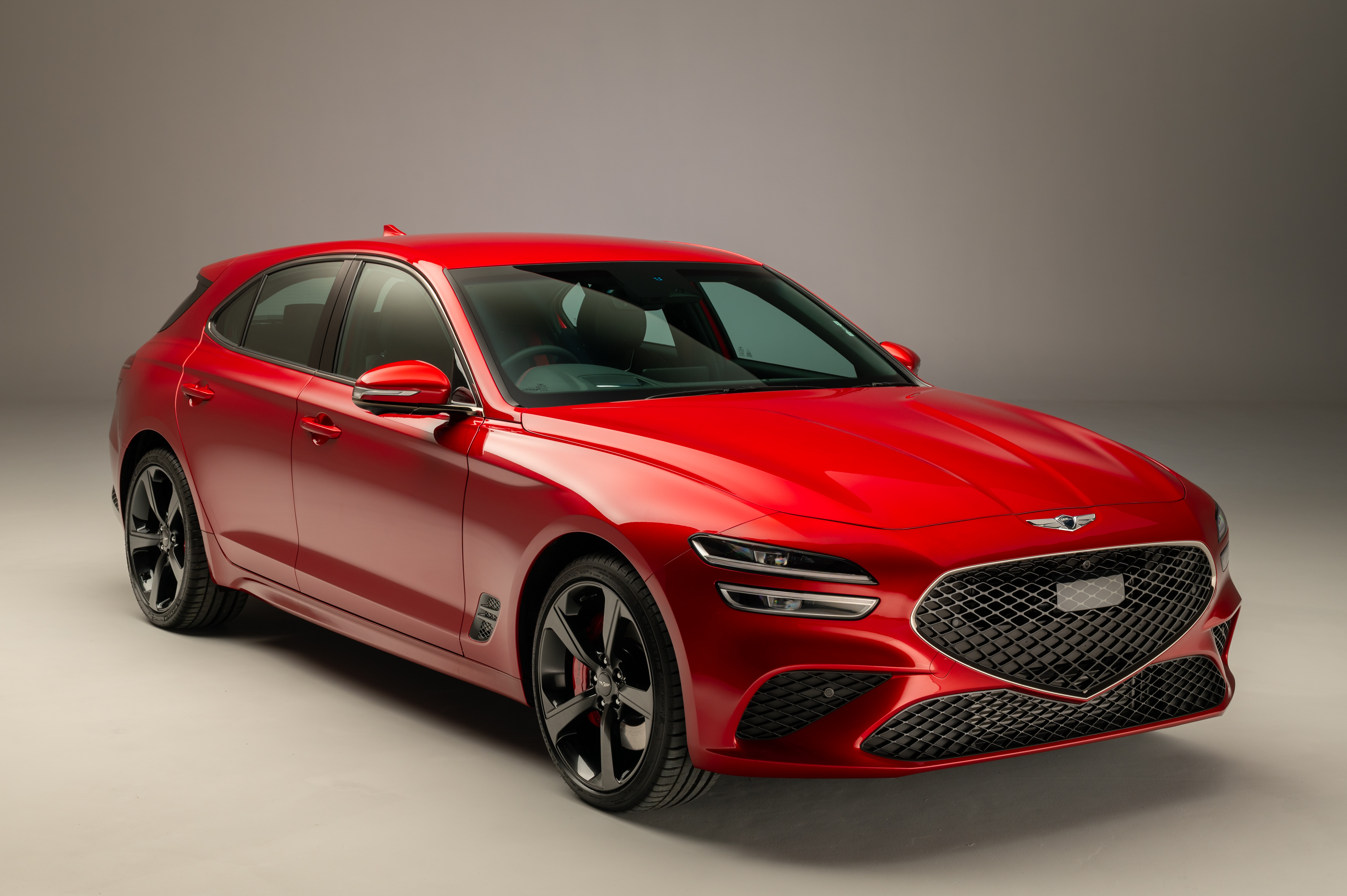


Genesis G70 Shooting Brake, price tbc
Korean luxury brand Genesis is gunning for a European market with the G70 Shooting Brake. A more capacious variant of the handsome G70 saloon, the Shooting Brake pairs a fastback body style with a driver-focused interior, with quality levels and detail design that’s more than a match for its German equivalents. Genesis is relatively new in the European marketplace and although its first brace of products is handsome and accomplished, the company is promising big things as it pioneers a new approach to electrified high-end design.
Renault 5 Concept
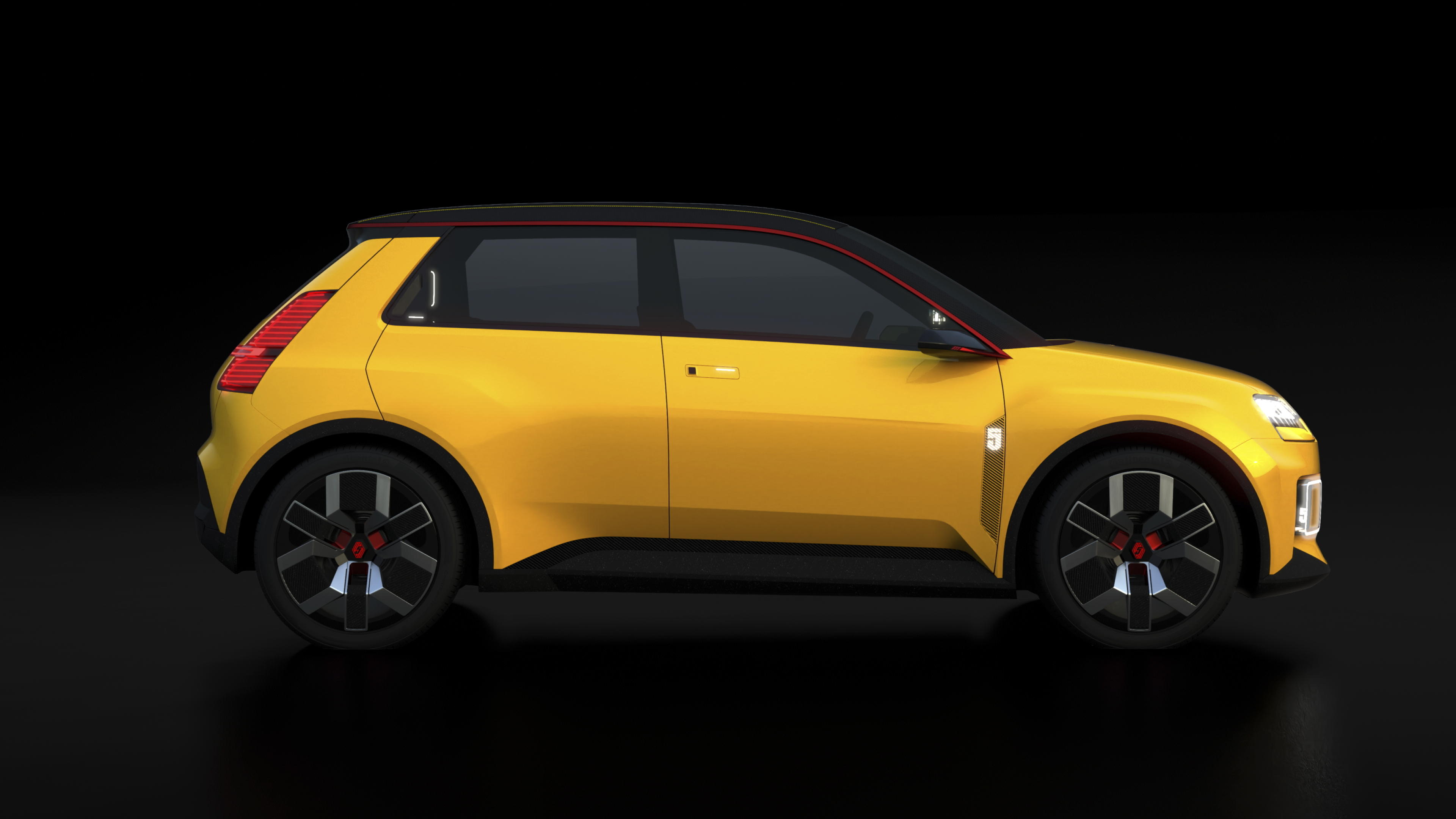
The Renault 5 Concept previews a new electric production car, due 2023
At the other end of the scale, manufacturers are pushing design and retro familiarity into upcoming compact EVs. Honda’s excellent e has been joined by Fiat’s New 500 and now Renault wants in on the game. As part of a massive push to electrify the business, the company is proposing to revive the Renault 4 and Renault 5 nameplates, two icons of small car design from the 60s and 70s. The new strategy includes the creation of Renault ElectriCity, an umbrella name for three specialist EV manufacturing sites as well as a boost for the company’s Alpine performance sub-brand, including a pure electric sports car and a svelte electric GT in due course. Earlier this year the company showed a Renault 5 concept (pictured) that offers a good indication of how the 2023 model will look.
Ferrari 296 GTB
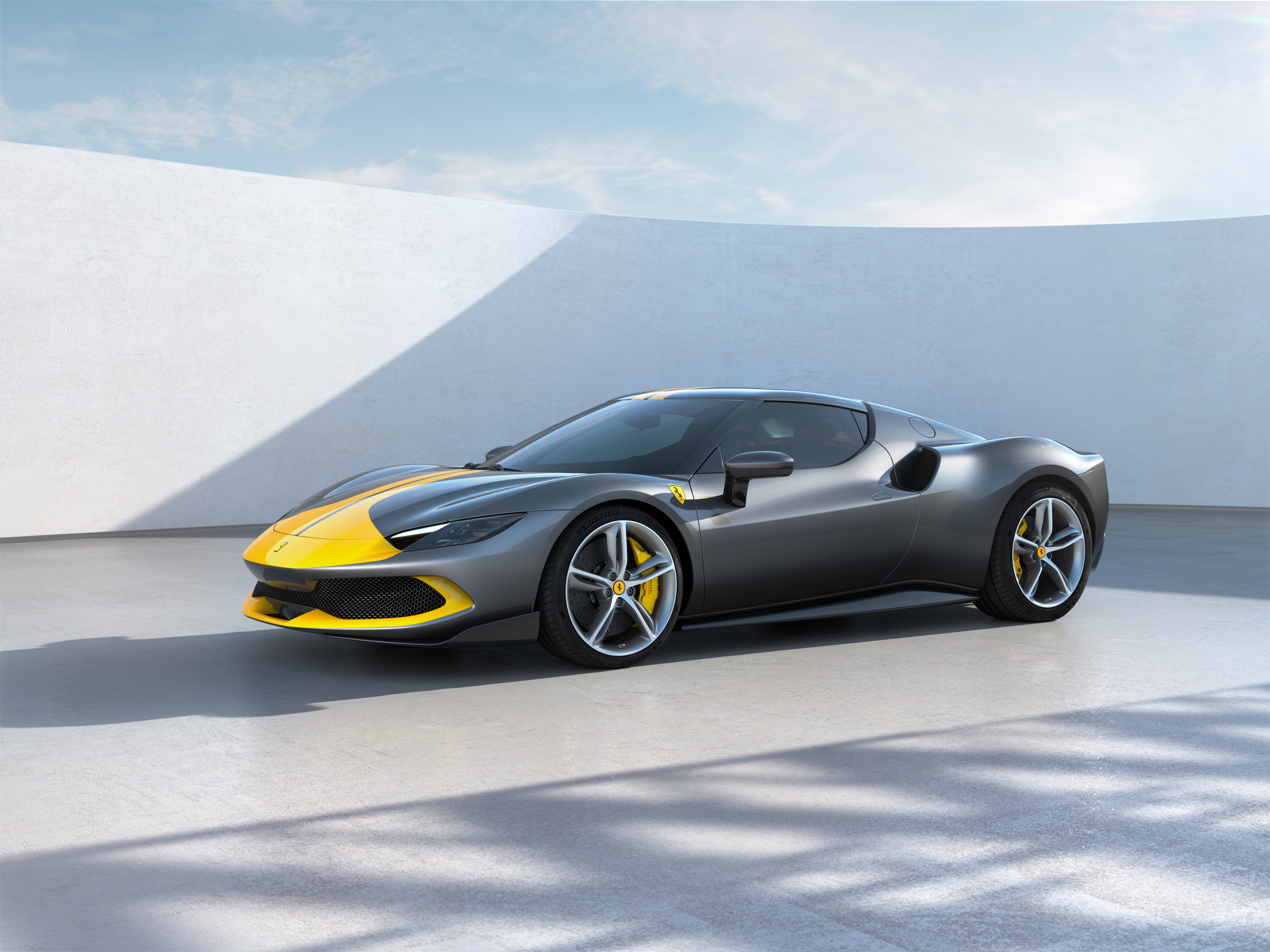

Ferrari 296 GTB, from eary 2022, from €269,000. Show here with the optional Assetto Fiorano accessories pack
Ferrari goes mainstream with hybrid technology, previously only available to its select group of hypercar customers. The new Ferrari 296 GTB eschews the V8 that has long been the centrepiece of the company’s mid-engined sports cars in favour of a hybridised V6, a sign of things to come. The 296 GTB also continues Ferrari’s slightly tamer contemporary design language, with more emphasis on proportion and elegance than on creases, curves and vents. There’s more than a hint of the 1967 Ferrari Dino in the flanks, another sign that the Italian company is increasingly willing to reference its storied past.
Volvo Concept Recharge
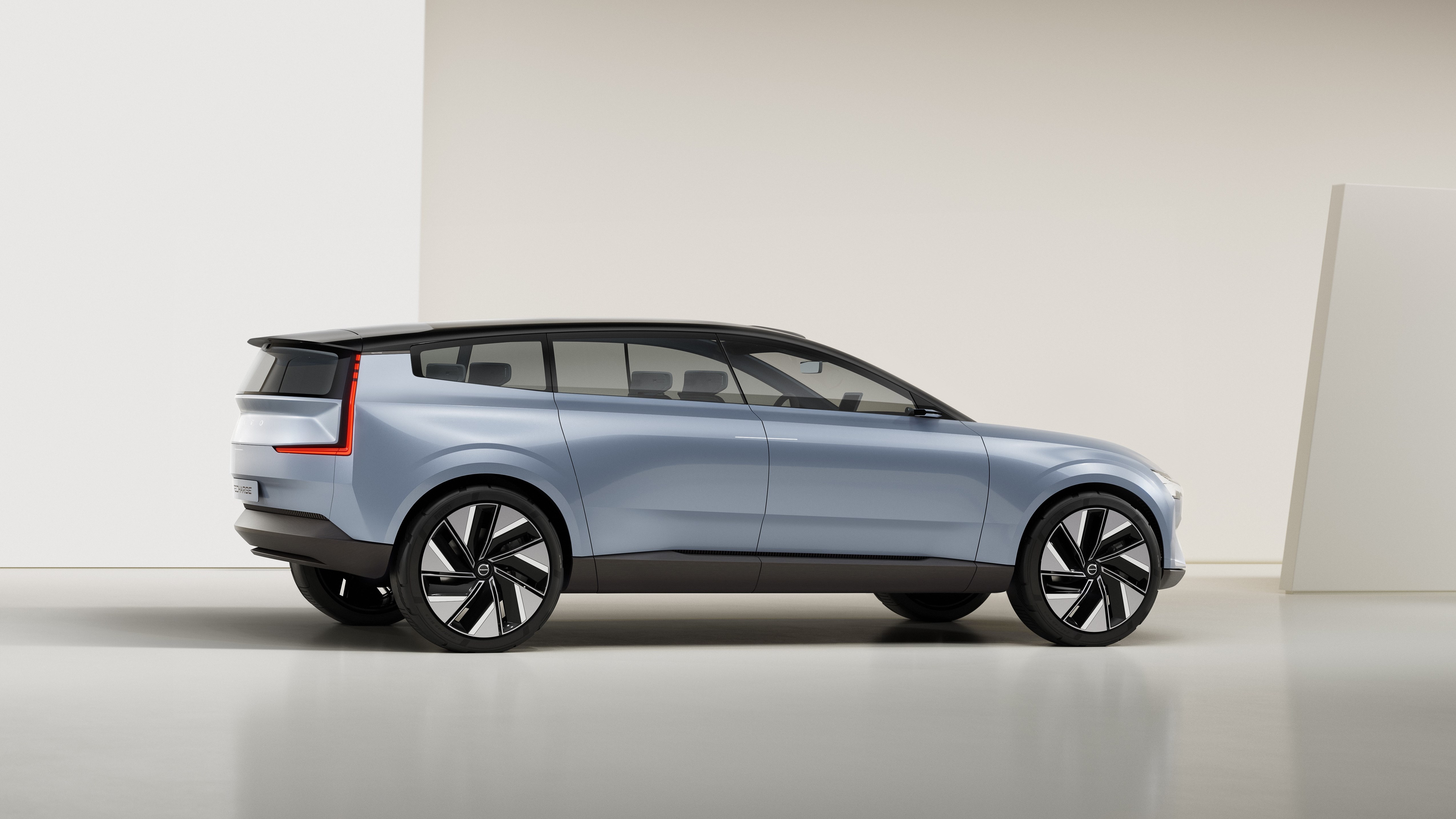
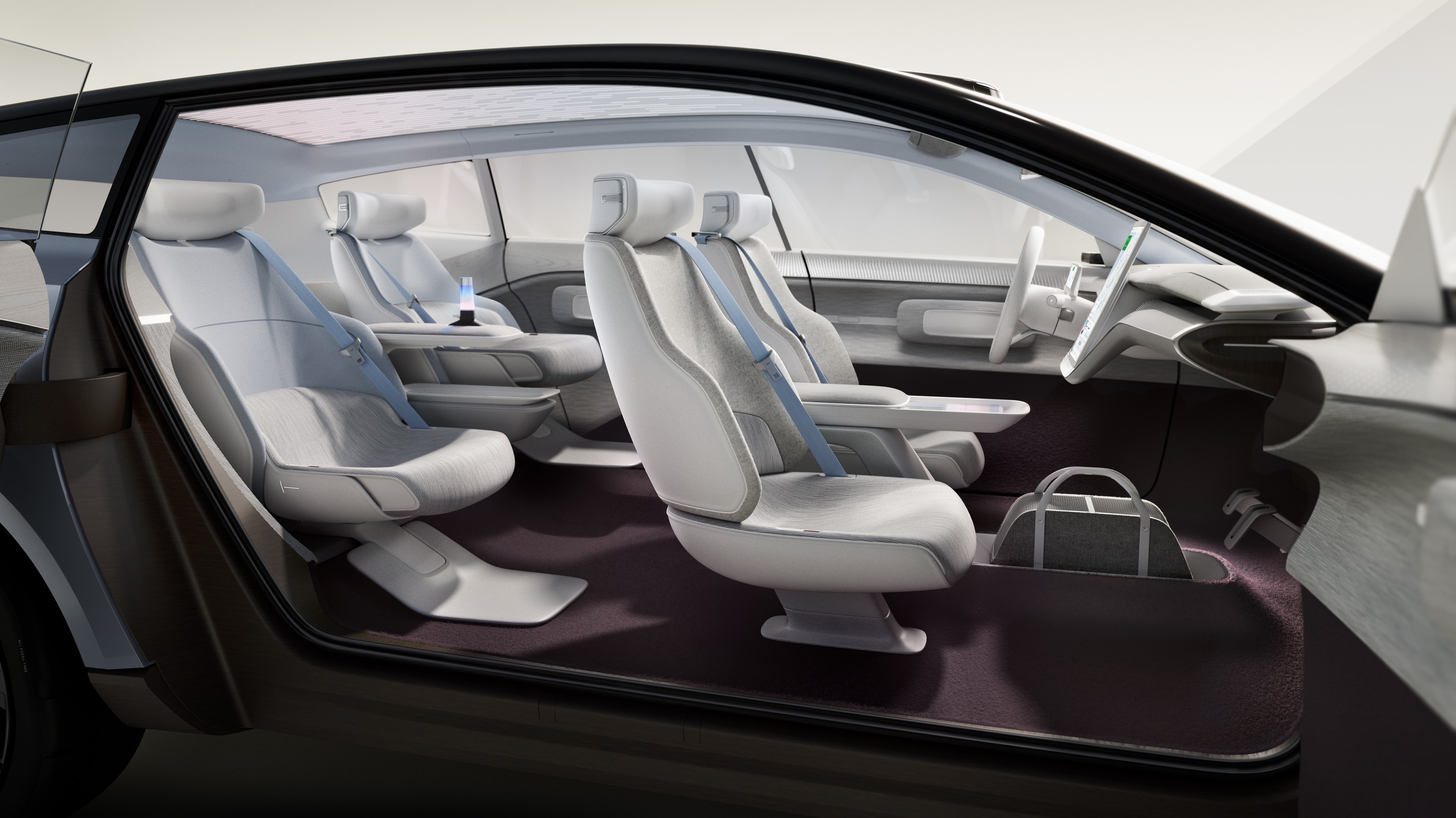
Volvo Concept Recharge
The Volvo Concept Recharge takes one of the Swedish company’s most recognisable niches – the estate car – and reinterprets it for an electric future. Foursquare and solid, the Concept Recharge also shows a rare delicacy in the way the glasshouse sits above the body. With design overseen by a team led by Robin Page, the company's famous conventional grille has now completely disappeared – although the Volvo logo and diagonal form has been refined for the new era. The company is also developing a new in-house operating system and doubling down on its commitment to safety. The Concept Recharge heralds a next generation family of EVs that will place range and swift charging at the heart of the brand.
MINI Vision Urbanaut Concept
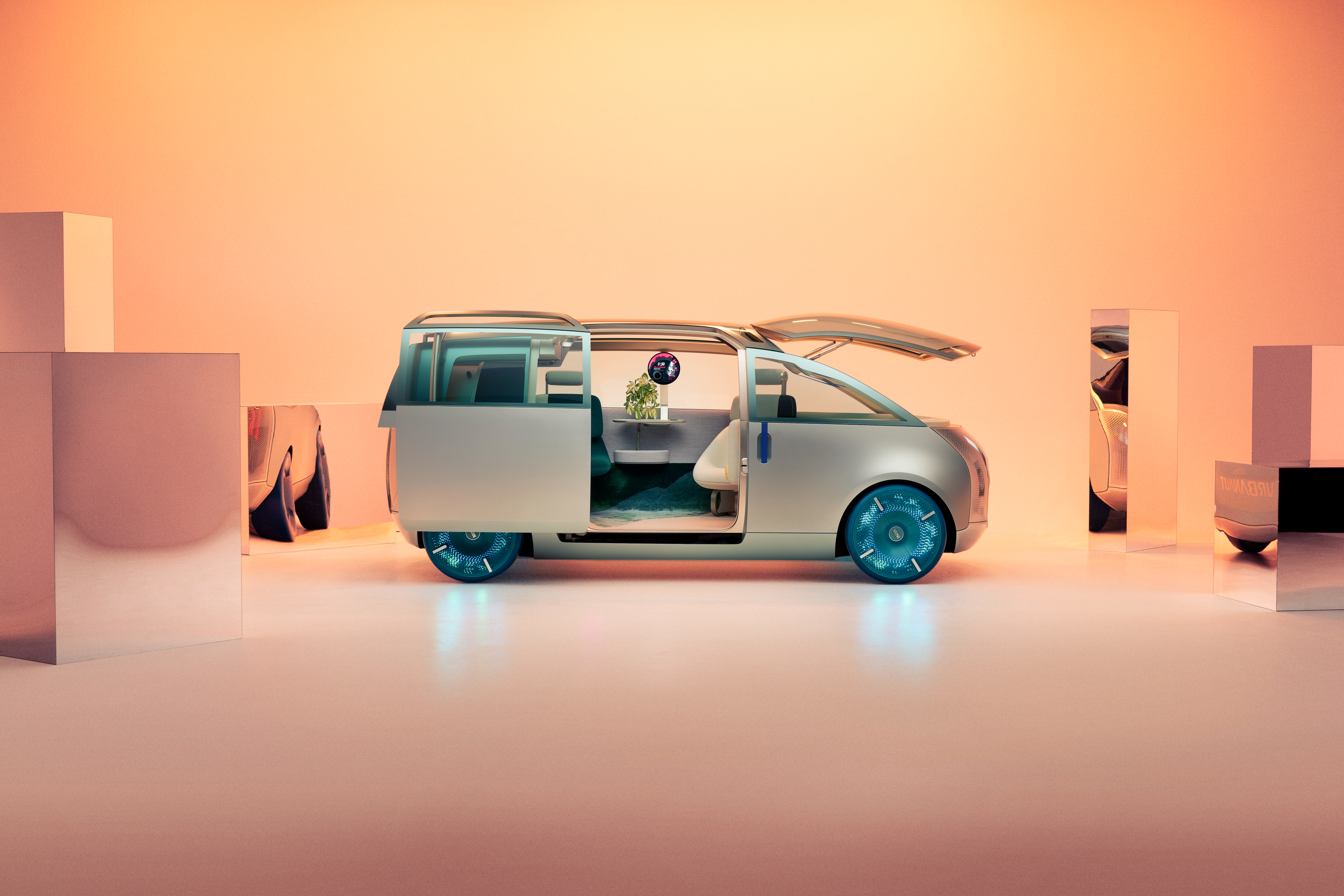

The MINI Vision Urbanaut concept features a highly flexible interior
MINI’s Vision Urbanaut virtual concept becomes a reality as the company translates the 3D render it showed last November into a physical model. As the name implies, Urbanaut is MINI’s idea of what a multi-functional city car could look like, with a cavernous, transformable interior packed into a compact 4.46m long body. There are some characteristic MINI design cues – interior themes labelled ‘Chill', ‘Wanderlust' and ‘Vibe' – and friendly-faced design and neat detailing. Sliding, folding seats turn the interior into a mobile lounge, a nod to the need for private spaces out of the home. Could this preview a model that breaks the brand out of its retro-straitjacket?
Fisker Ocean

Fisker Ocean, price tbc
Henrik Fisker is a car designer turned manufacturer with vision and persistence. His latest venture is the Fisker Ocean, a new EV crossover due to be built at the Magna plant in Austria. billed as the ‘World's Most Sustainable Vehicle', the Ocean has a vegan leather interior, recycled materials and a clean, unfussy shape in concept form. Expect minimal changes to the final version of the Ocean when it breaks cover this winter, with production set to start in November 2022. The company is also pushing hard on its branding, hoping to inject the Fisker name into the EV conversation with some start-up flair. The company’s upcoming Project PEAR (Personal Electric Automotive Revolution) is potentially another string to its bow.
BMW iX

BMW's new iX, shown here at BMW HQ in Munich, from £69,905
Although the iX takes the big, bold template the company established with its hugely successful ‘X’ series of SUVs, it’s new from the ground up. A pure electric vehicle, the iX makes the most of the packaging opportunities offered by electric drive to create a light, airy cabin with a minimal but rich materials palette. Read our interview with BMW’s Head of Design Domagoj Dukec for more information. §
Receive our daily digest of inspiration, escapism and design stories from around the world direct to your inbox.
Jonathan Bell has written for Wallpaper* magazine since 1999, covering everything from architecture and transport design to books, tech and graphic design. He is now the magazine’s Transport and Technology Editor. Jonathan has written and edited 15 books, including Concept Car Design, 21st Century House, and The New Modern House. He is also the host of Wallpaper’s first podcast.
-
 Hed Mayner’s Pitti Uomo show was all about finding beauty in ‘wrongness’
Hed Mayner’s Pitti Uomo show was all about finding beauty in ‘wrongness’The designer took to Florence’s La Palazzina Reale last night as Pitti Uomo’s guest designer – an intriguingly strange royal palace that reflected a collection which revelled in wrongness
-
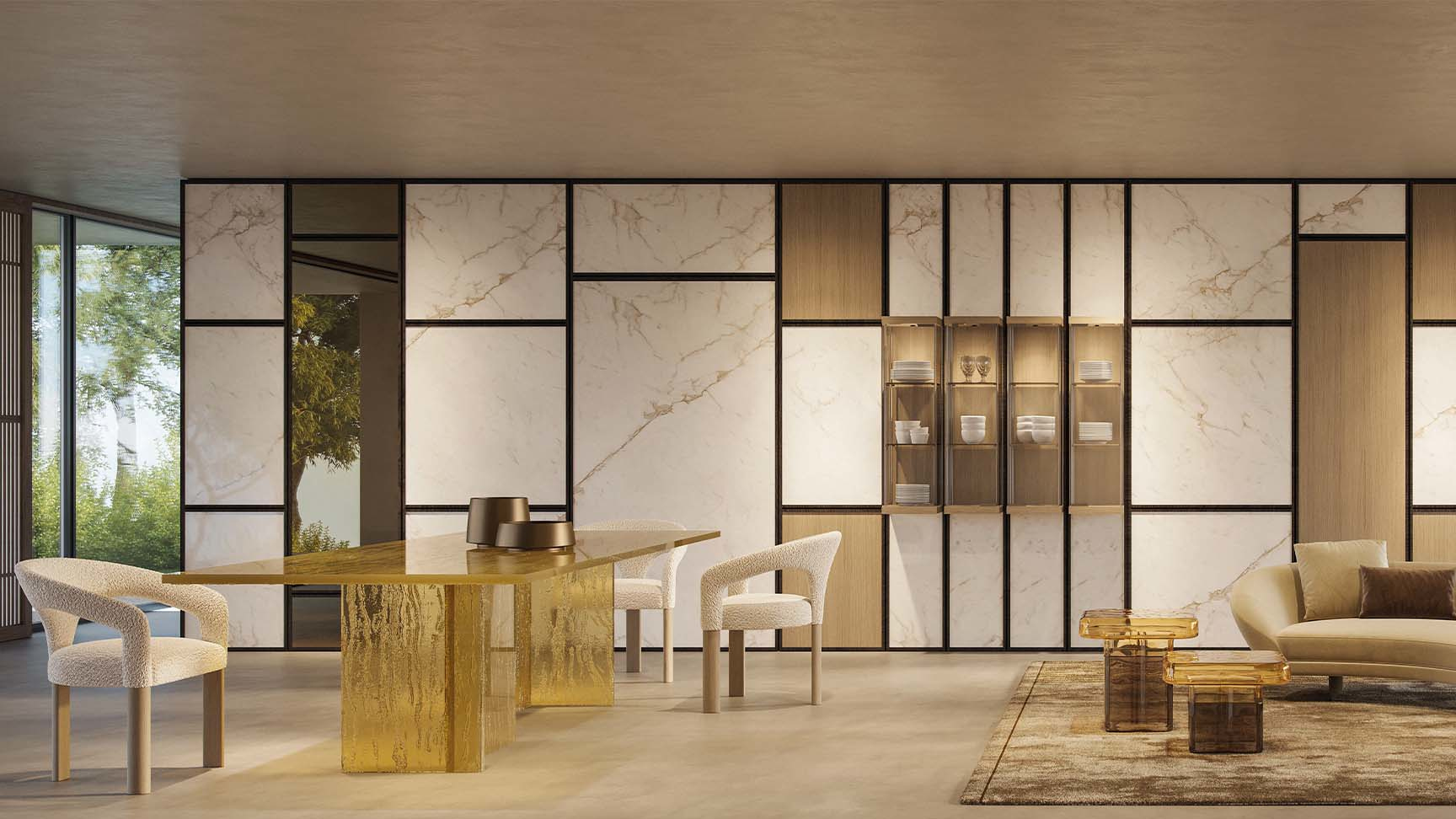 How Reflex Angelo transformed Venetian glass into a modern design idea
How Reflex Angelo transformed Venetian glass into a modern design ideaItalian furniture company Reflex Angelo has drawn from its local glassmaking heritage to create a sophisticated, contemporary design portfolio
-
 Jan Staller’s Manhattan Project is an abstracted chronicle of a city under construction
Jan Staller’s Manhattan Project is an abstracted chronicle of a city under constructionThe photographer Jan Staller shows another side of New York’s relentless change with this portfolio of dynamic, sculptural images
-
 Peugeot’s sparky 308 gets hybrid power and handsome lines
Peugeot’s sparky 308 gets hybrid power and handsome linesThe Peugeot 308 proves that mass-market design needn’t be dull, blending hybrid power with sharp lines and excellent detailing
-
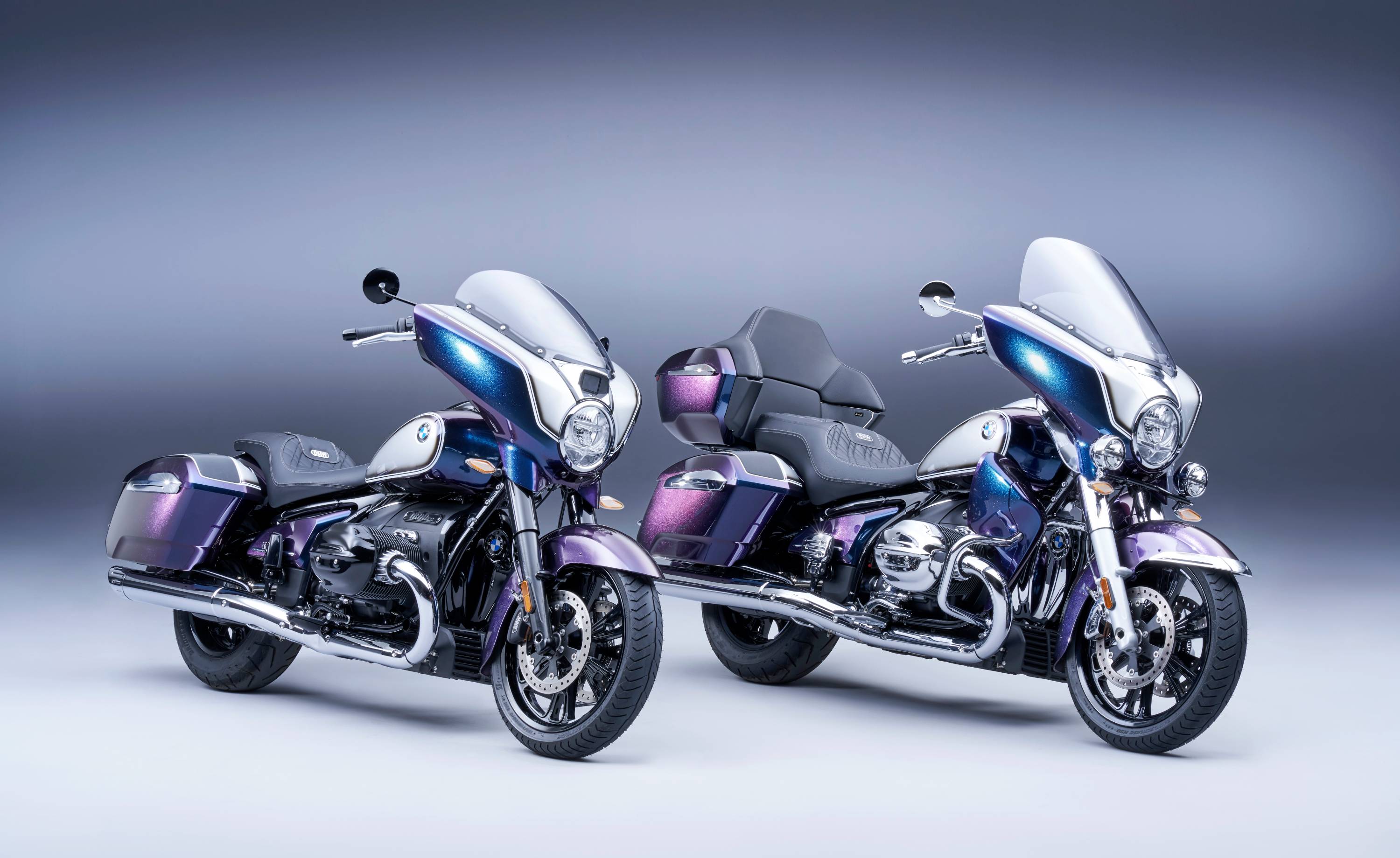 BMW Motorrad brings out the big guns for its newest cruisers
BMW Motorrad brings out the big guns for its newest cruisersBMW Motorrad R 18 Bagger and Transcontinental set the tone for high-voltage cruising with a brand collaboration with speaker specialist Marshall
-
 Dacia’s new Manifesto concept is a true outdoor utility vehicle
Dacia’s new Manifesto concept is a true outdoor utility vehicleUtilitarian auto brand Dacia sets a bold new agenda with its Manifesto, a concept car pitched at the active outdoor market
-
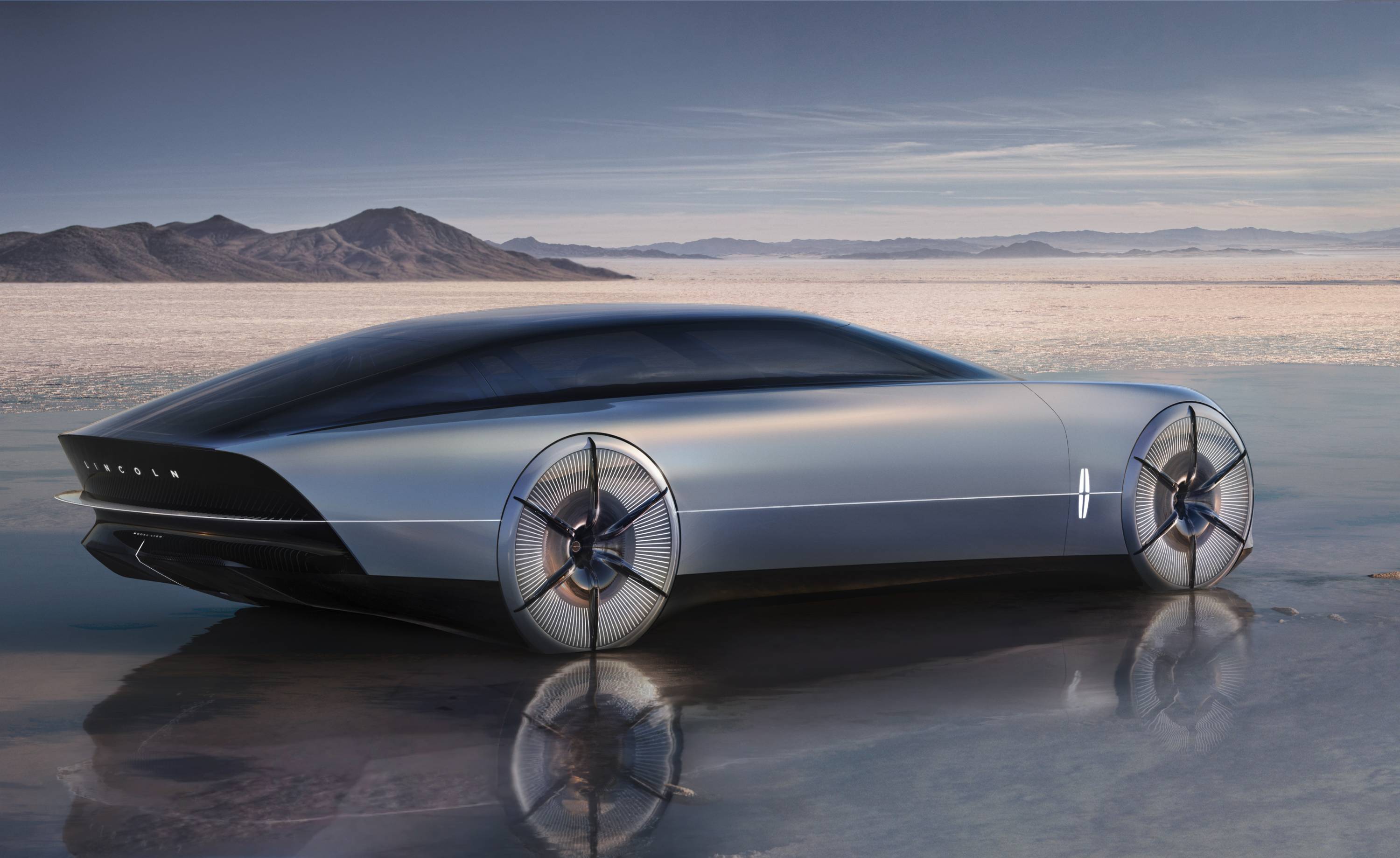 The sun sets on traditional supercars at California’s Monterey Car Week
The sun sets on traditional supercars at California’s Monterey Car WeekMonterey Car Week, the world’s most prestigious car gathering, is showcasing ever-more extravagant special editions, coachbuilt cars and all-new electric concepts. Here are seven key machines from 2022
-
 Is McLaren’s GT a sports car, a tourer, or the best of both?
Is McLaren’s GT a sports car, a tourer, or the best of both?The McLaren GT is a capable all-rounder dressed up in svelte supercar clothes. It might also be the last of its type
-
 Rolls-Royce puts the Phantom back on its lofty pedestal
Rolls-Royce puts the Phantom back on its lofty pedestalA mid-life refresh ensures the flagship Rolls-Royce Phantom Series II is at the top of its game, a last hurrah for traditional engines before an electrified future
-
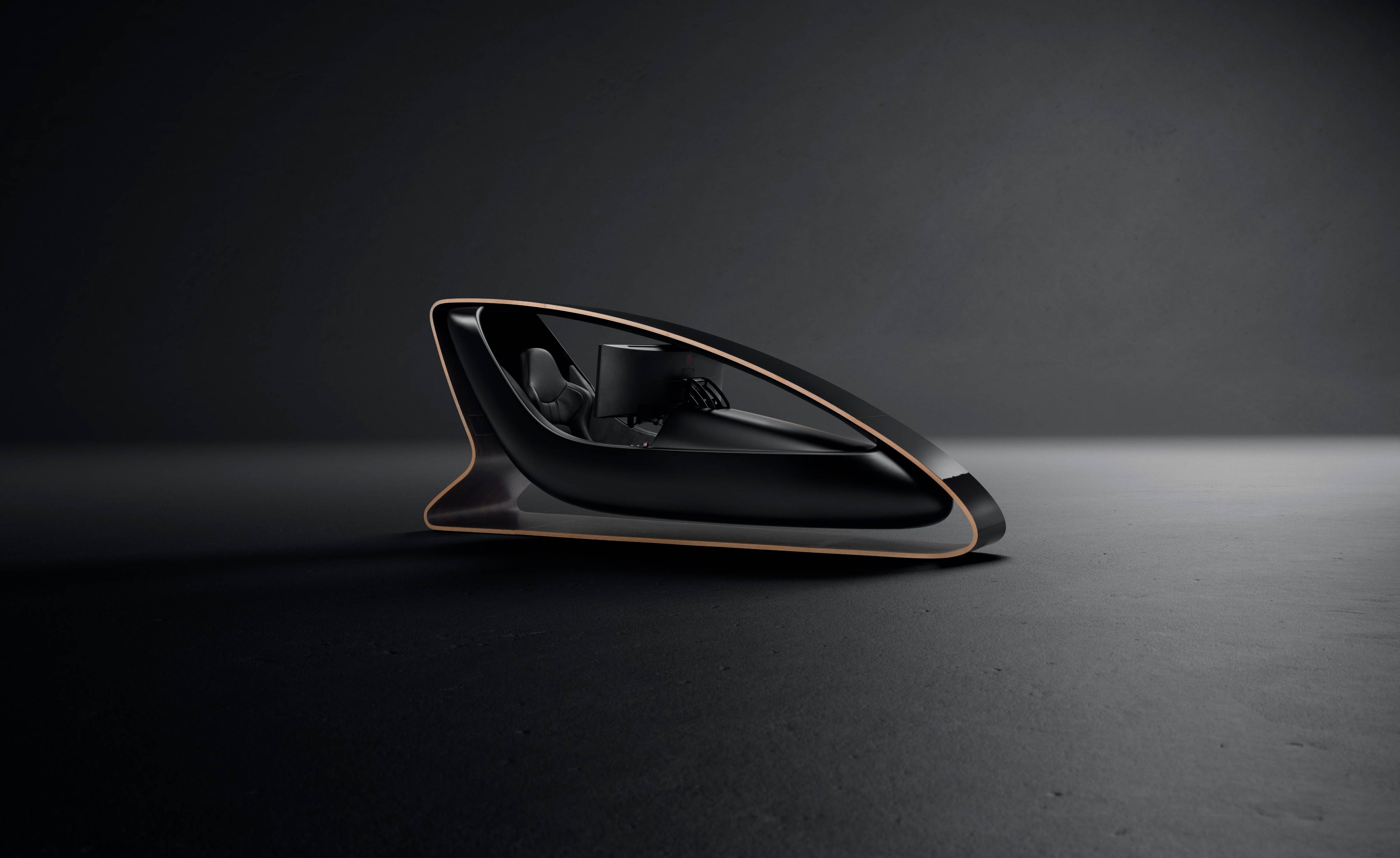 Prodrive’s new racing simulator is shaped by Callum to be front of the grid
Prodrive’s new racing simulator is shaped by Callum to be front of the gridThe racing simulator shapes up – this new design from Prodrive and Callum is honed for the high-end games room
-
 928 by Nardone Automotive: a restomod Porsche with Gallic verve and Italian style
928 by Nardone Automotive: a restomod Porsche with Gallic verve and Italian style928 by Nardone Automotive is a gracefully modernised version of Porsche’s endearingly different 928